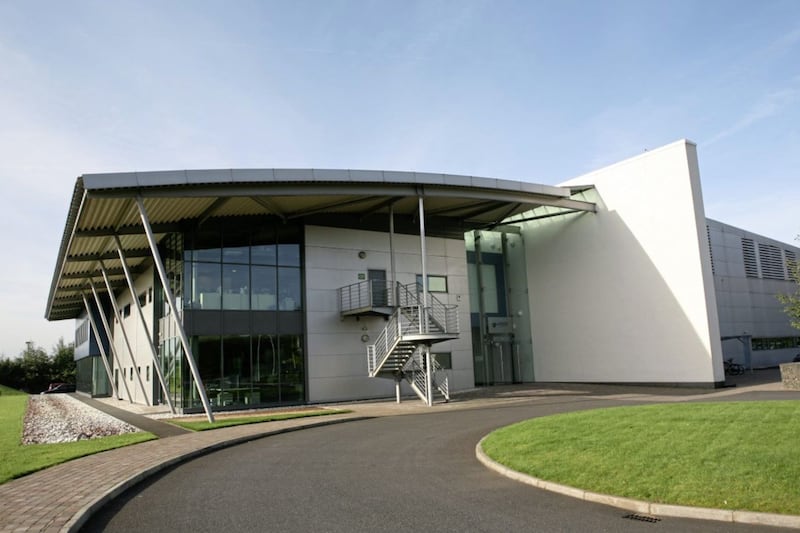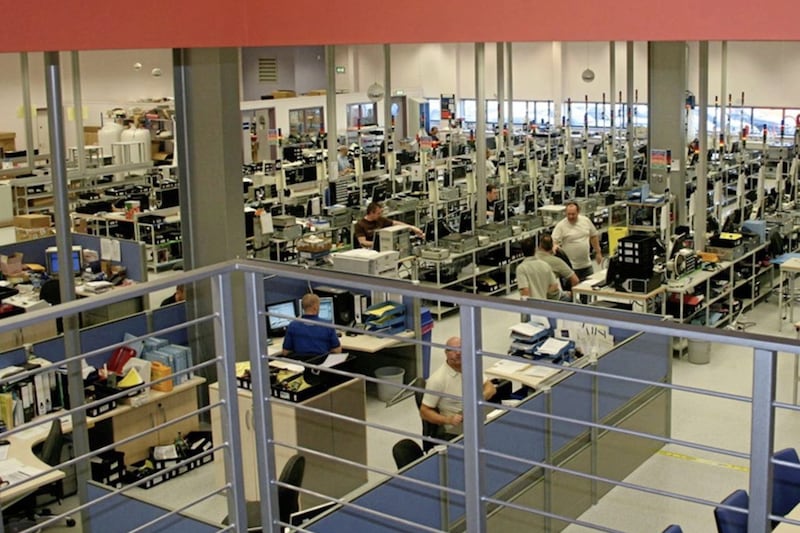WEST Belfast specialist camera maker Andor Technology has reported a pre-tax profit of £17 million for 2020.
Based out of the Springvale Business Park, the firm’s cameras are used in a range of areas, from the examination of distant stars to the development of anti-cancer therapies.
The reporting period, which spans the 12 months ending March 31 2020, covers the restructuring of the firm’s overseas operations, resulting in a decrease in turnover and staff on paper.
The company, which is owned by parent group Oxford Instruments, closed its branches in Japan and the USA in March 2019, with trade and assets transferring to newly created subsidiaries in exchange for the issue of shares in those subsidiaries.
Andor now sells to those regions via distributor arrangements with the other subsidiaries in the Oxford Instruments group.
The result was a 16 per cent drop in turnover to £62.8m, with around 30 staff moving to the new subsidiaries, taking the total workforce from 284 to 255.
According to the latest set of accounts filed with Companies House, it also cut Andor’s annual staff costs by almost £4m.
The company said that retaining the old model would have produced virtually the same like-for-like sales in 2019 and 2020 (approximately £75m).
But the report from the directors said investment on targeted research and development programmes increased by around nine per cent to £3.7m in 2020.
The document revealed the company paid a £25m interim dividend during the year, compared with £24m in 2019.
The reporting period includes the early days of the Covid-19 pandemic, resulting in delayed orders and some customers being unable to receive shipments.
Andor Technology said it implemented a hybrid workplace model during the year.
“This workplace model enabled us to make our manufacturing site and offices safe to work in and allowed us to maintain business continuity,” stated the directors.
“We introduced new working practices, including the implementation of social distancing guidelines, and we mitigated any resulting capacity constrictions by the implementation of shift patterns.
“We also ensured those staff working off-site had full and secure access to the systems they required to undertake their roles.”







